[spb_text_block animation=”none” animation_delay=”0″ simplified_controls=”yes” custom_css_percentage=”no” padding_vertical=”0″ padding_horizontal=”0″ margin_vertical=”0″ custom_css=”margin-top: 0px;margin-bottom: 0px;” border_size=”0″ border_styling_global=”default” width=”1/1″ el_position=”first last”]
To make sure everyone’s on the same page about what has to be done, in what order, and what’s the intended impact from a business perspectives, organizations have been standardizing their processes for a long time. With a standard workflow, they can streamline their operations, save on downtimes, and minimize the chance of miscommunication.
[/spb_text_block] [spb_image image=”17674″ image_size=”full” frame=”noframe” caption_pos=”hover” remove_rounded=”yes” fullwidth=”no” overflow_mode=”none” link_target=”_self” lightbox=”no” intro_animation=”none” animation_delay=”200″ width=”1/1″ el_position=”first last”] [spb_text_block animation=”none” animation_delay=”0″ simplified_controls=”yes” custom_css_percentage=”no” padding_vertical=”0″ padding_horizontal=”0″ margin_vertical=”0″ custom_css=”margin-top: 0px;margin-bottom: 0px;” border_size=”0″ border_styling_global=”default” width=”1/1″ el_position=”first last”]
An organization can select among different options when it wants to standardize a workflow: some opt for a more detailed regulation, while others vote for more flexibility or more future-proof solutions.
Standard Operating Procedure (SOP)
Standard Operating Procedures, or SOP’s, have become the norm in many strictly regulated industries to standardize the execution of routine tasks by outlining in detail the steps necessary for a certain outcome. In healthcare, the military, or manufacturing, where safety and security are of utmost importance, these written documents assure the workers, the customers, and the authorities that all activities are safe and comply with the industry regulations.
An SOP ensures that the quality of the service is consistent, regardless of shift systems or management styles. It also facilitates the onboarding of new colleagues and saves on training times. SOP’s are usually established by quality assurance professionals if there are such in the organization, or by the senior management of the unit to which the SOP applies.
When introducing such a document, it is important to tell the workers that the new procedure will not only improve the business outcomes but also their ability to complete the tasks. In other words, that it is intended to make them more effective. Allow some time to familiarize with the new procedures and to eventually modify them, should such feedback come.
An SOP usually comes in the form of a text document. But, in some cases, it might be handy to create a checklist or a workflow chart, depending on the number of steps in the process. If it’s a low-key process, under 10 steps and not many decisions to make, a checklist works best. When lots of steps and decision stages are involved, a workflow chart can help overview the process at a glance and quickly identify the critical stages.
Setting milestones
Instead of a step-by-step guide as an SOP, you can choose to set only the major milestones of a work process. This way, you will have all the steps in front of you that you need to pay special attention to. Setting milestones is a good way to standardize creative processes, e.g. the design of a new website or a product, while still giving the contributors flexibility of defining the in-between steps.
Key dates, tasks, deadlines or deliverables can all be milestones if they are of higher importance than the other similar dates or tasks, they have a serious impact on the outcome of the project, or they are an explicit indicator of the successful completion of the project.
Tracking a set of tasks by milestones can be done by using different tools: simple or Gantt-type charts in spreadsheets might do just fine, but there is an abundant selection of specific apps for project management, too. Since the goal of setting milestones is to establish a standard everyone on the team follows, it is important that the selected tool be simple enough to use. This way, it can improve productivity instead of slow the process with the administration.
Unlike an SOP, a set of milestones can change from project to project, but, in order to standardize the processes, they are best established by project type. There are also types of milestones that every project entails, such as overall start and end date, the start and completion of an activity, the approval of deliverables or a review.
Mobilization
For a company that wants to be ahead of the game, mobilizing its workflows is the suitable solution. If creating standard workflows is a way to save time and money for the business, it is even more so when we talk about creating workflows with mobility.
Maybe it is not even creating something totally new, but even rethinking the existing standards of operation (a necessary part of any mobilization project) can help streamline it and make it more effective.
When mobilizing, standardization happens on many levels. First, the elements of the workflow will be defined (ideally) by end-user interviews and the common practices of the workers on a team, so necessarily free of individual preferences or non-complying routines.
Second, the end product of the development will be one application that will be used by all members of a team, so you can let the app guide the workflow by giving the same buttons, menus, action- and decision points to everyone. And if the application is easy enough to use, it will be able to break the old and ineffective routines that workers might hold onto.
You can also opt for a mobile development from specific modules that incorporate different industry best practices, as it is the case of Scolvo products. Then the workflows really become standard, promoting effectiveness and productivity.
Note that standard does not equal uniform: you should still be able to customize the enterprise mobility app to your company’s specific needs since whatever is in the app will become the standard at your organization.
[/spb_text_block]




